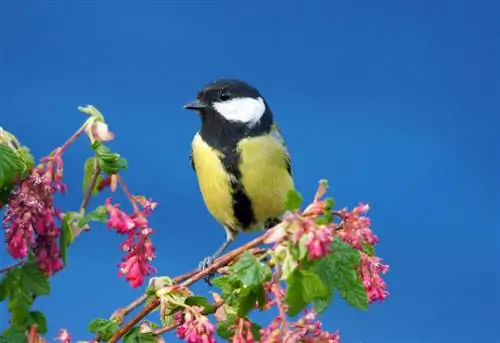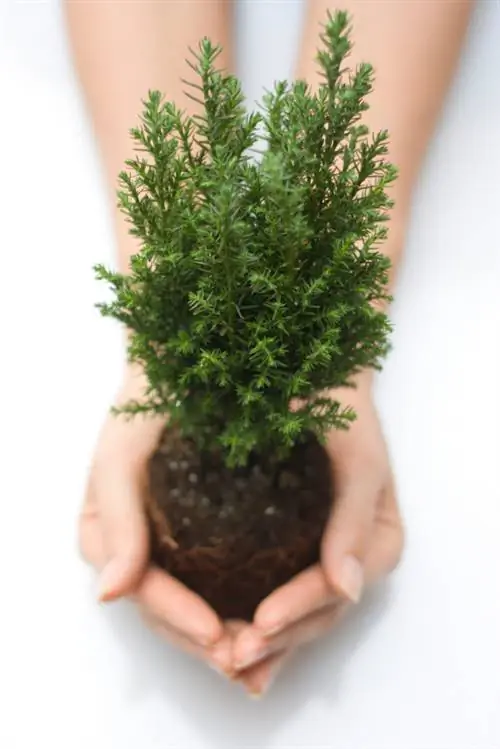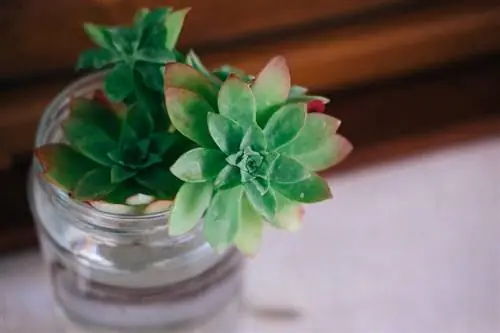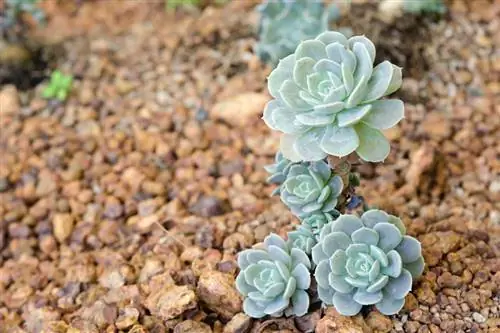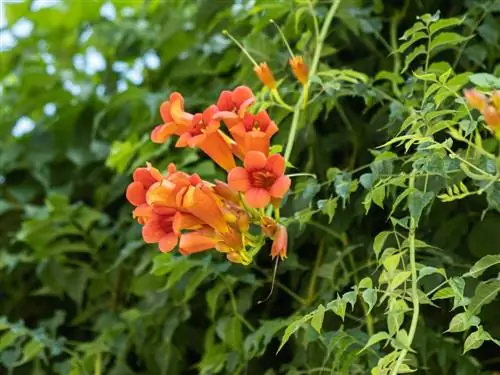- Author admin [email protected].
- Public 2023-12-16 16:46.
- Last modified 2025-01-23 11:20.
Bloodcurrants are often cultivated in gardens in spring because of their rich flower decorations. The robust bushes place little demands on the location and soil. This is how you create the best conditions for the red, white and red-white flowering plants.

How to plant bloodcurrants correctly?
The best planting time for bloodcurrants is autumn; they prefer full sun or partial shade, loose soil and a planting distance of 80 to 100 cm. They bloom from April to May and get along well with other spring bloomers.
When is the best time to plant?
The best time to plant bloodcurrants is autumn. Then the soil is moist and the plant can root well. Planting is also possible in early spring.
Which location is suitable?
The bloodcurrant loves full sun, but also thrives in a partially shaded location. If it is somewhat sheltered from the wind, for example in front of a wall, it will bloom earlier and longer.
What should the soil be like?
- Loosened soil
- Mix heavy soils with sand if necessary
- Ensure good drainage
- Normal garden soil is sufficient
What planting distance do bloodcurrants need?
Bloodcurrants are not prone to sprawl. They can be planted quite closely in hedges. A planting distance of 80 to 100 centimeters is sufficient.
When do the bushes bloom?
The main flowering period begins in April and ends in May. In a sheltered location, flowering often begins in March.
Do bloodcurrants get along with other plants?
The plants get along particularly well with other spring bloomers such as forsythia. The color combination of red and yellow flowers is particularly decorative. Underplanting with crocuses, tulips or pearl hyacinths is also possible.
How to propagate bloodcurrants?
Propagation is done by cuttings or planters. The cuttings are cut in summer or winter and placed in the ground. To obtain sinkers, a young shoot is placed on the ground and covered with earth. The first roots and leaves formed in spring.
Can bloodcurrants be transplanted?
The shrubs are best transplanted in autumn or early spring. To do this, the plant should be generously dug up with plenty of roots and placed in the new planting hole with the old soil.
Tips & Tricks
Fruit also develops on bloodcurrants in summer. The berries are not poisonous, but are almost tasteless, which is why people do not eat them. But they are popular with birds, who love to peck the blue-black fruits from the bush.


